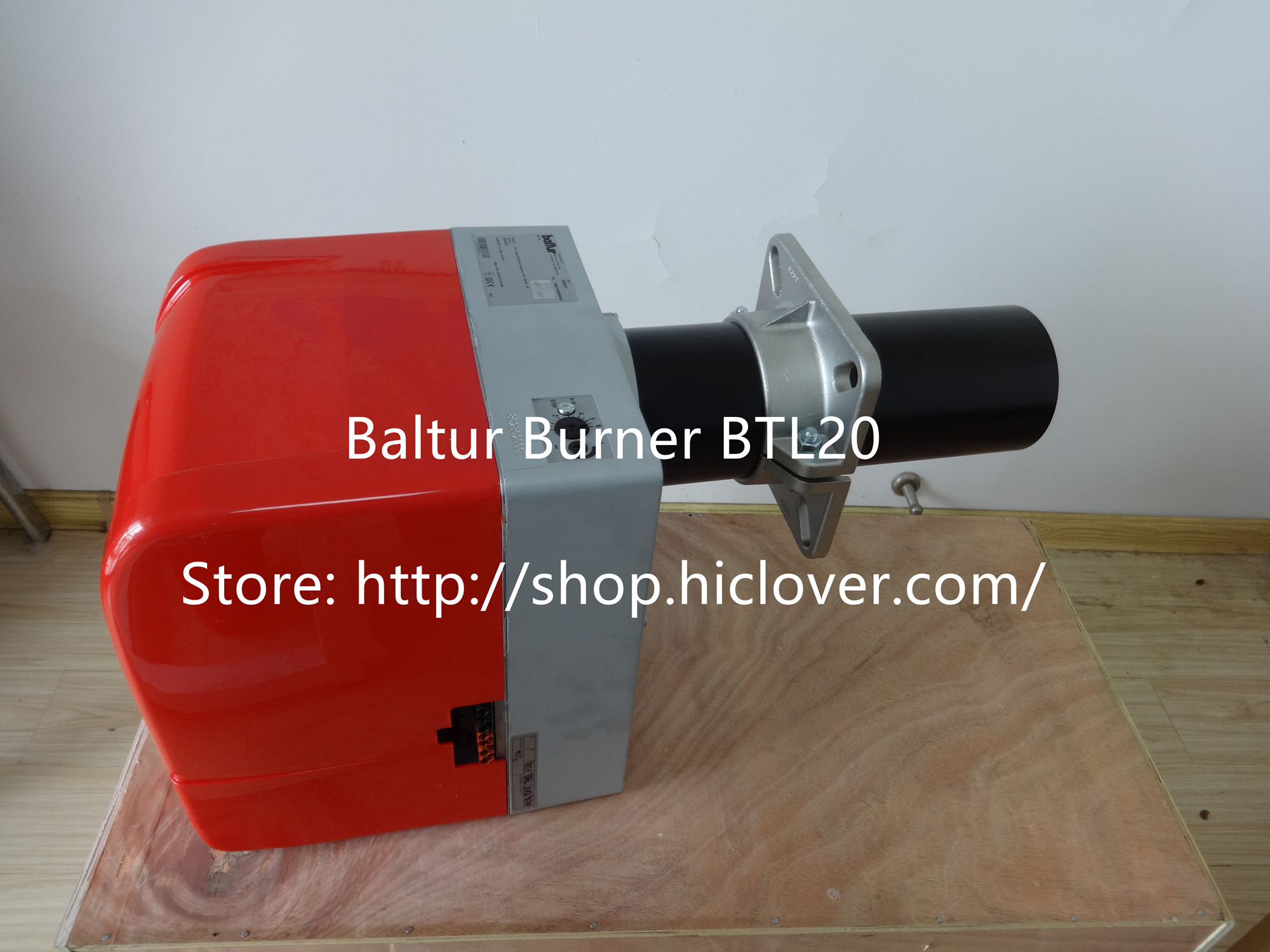Hazardous waste incineration is a topic that often generates controversy and misconception. Many people have strong opinions about the practice, but unfortunately, these opinions are often based on myths and misconceptions rather than factual information. In this article, we will debunk some of the most common myths and misconceptions about hazardous waste incineration.
Myth 1: Hazardous waste incineration is harmful to the environment.
This myth stems from the belief that incineration releases harmful pollutants into the atmosphere. In reality, modern hazardous waste incinerators are equipped with advanced air pollution control systems that remove the vast majority of harmful pollutants before they are released into the atmosphere. These systems include scrubbers, filters, and other technologies that capture and neutralize pollutants, making the emissions from hazardous waste incineration significantly less harmful to the environment.
Myth 2: Hazardous waste incineration is dangerous for human health.
Many people believe that hazardous waste incineration poses a threat to human health, particularly to those living near incineration facilities. However, numerous studies have shown that modern hazardous waste incinerators are designed to operate at high temperatures, which effectively destroy harmful substances and minimize the risk to human health. In fact, the emissions from these facilities are carefully monitored to ensure compliance with strict regulations aimed at protecting public health.
Myth 3: Hazardous waste incineration is not a sustainable solution for waste management.
Some people argue that incineration is not a sustainable solution for managing hazardous waste and that it simply promotes the continued production of waste. However, incineration plays a crucial role in the overall waste management hierarchy, particularly for hazardous waste that cannot be safely disposed of in landfills. Furthermore, many modern incinerators are equipped with energy recovery systems that allow them to generate electricity or heat from the waste that is incinerated, making the process more sustainable and environmentally friendly.
Myth 4: Hazardous waste incineration poses a risk of accidental releases and explosions.
While it is true that incineration involves the combustion of waste at high temperatures, modern facilities are designed with numerous safety features to prevent accidents and ensure the safe operation of the incineration process. These facilities undergo rigorous inspections and are subject to strict regulations to minimize the risk of accidental releases and explosions. Additionally, the waste that is incinerated is carefully managed and handled by trained professionals to minimize the risk of accidents.
In conclusion, hazardous waste incineration is a highly regulated and carefully managed process that plays a crucial role in the safe and environmentally responsible disposal of hazardous waste. The myths and misconceptions surrounding incineration are often based on outdated information or misinformation. By debunking these myths and misconceptions, we can gain a better understanding of the important role that hazardous waste incineration plays in protecting public health and the environment.



